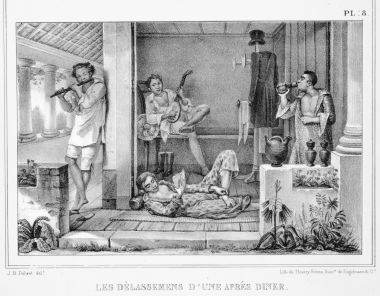A special edition of #ColonialCouture, a Junto roundtable on fashion as history in early American life.
Protective face coverings have emerged as a potent, multifaceted metaphor for the Covid-19 pandemic. Despite inconsistent examples set by elected leaders and conflicting recommendations made by public health officials, unisex masks have steadily assumed a greater role in social distancing measures and become mandatory in certain settings outside the home. Options range from standard blue and white surgical masks to creative DIY improvisations and “Corona Couture.” Some museums are looking to add homemade masks to their collections as a way to document the crisis. Worn for slightly different reasons and more implicitly gendered, the masks owned by early American women and even children were no less symbolic in terms of practical use, commodification, or controversy.

 Today, Rachel Herrmann concludes our food roundtable. You can read Carla Cevasco’s introduction
Today, Rachel Herrmann concludes our food roundtable. You can read Carla Cevasco’s introduction 
 Dear Junto readers, Thank you for joining us for two weeks of all-new scholarship tracing the historical patterns of #ColonialCouture! Read the whole roundtable
Dear Junto readers, Thank you for joining us for two weeks of all-new scholarship tracing the historical patterns of #ColonialCouture! Read the whole roundtable 